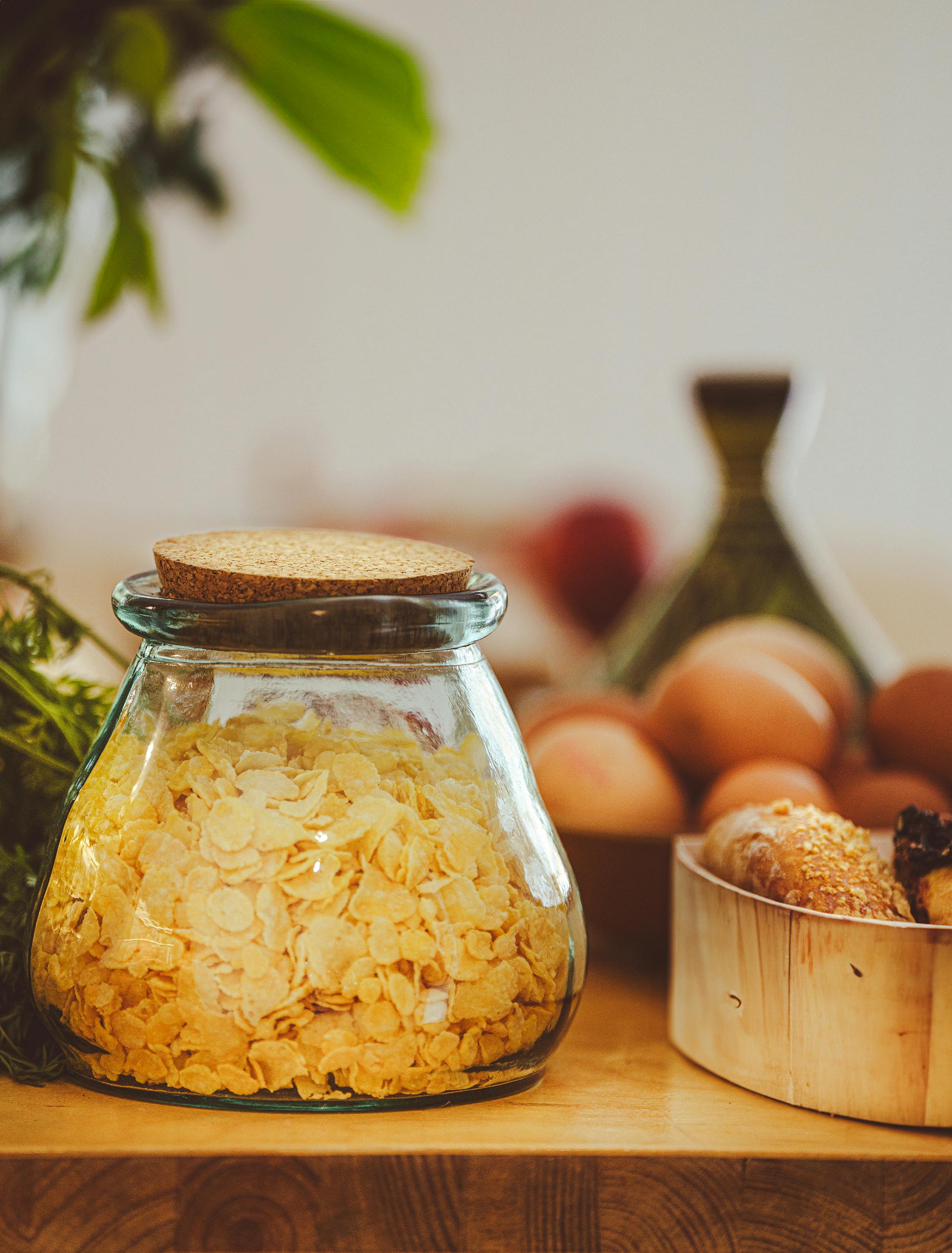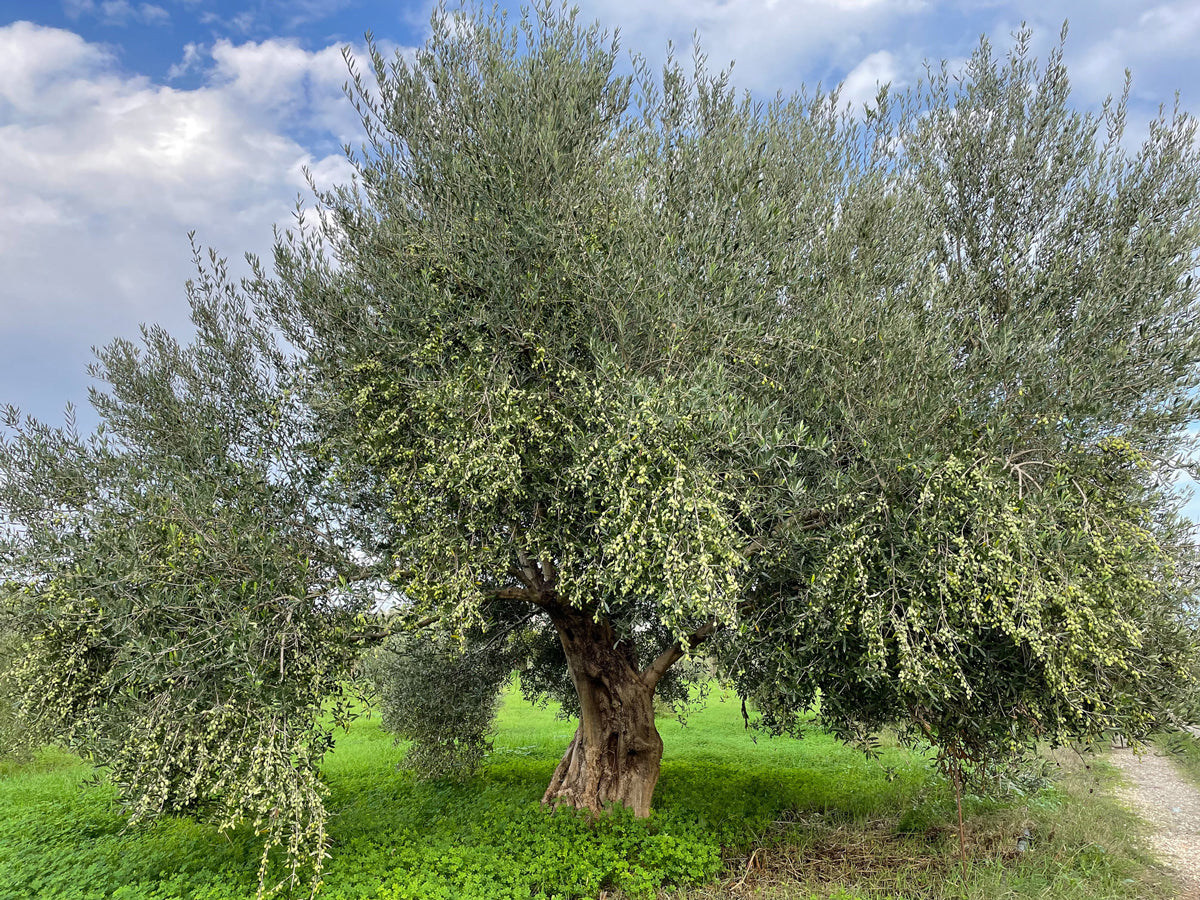Essential Guide to Interstitial Cystitis Diet: Improve Symptoms Today
Interstitial cystitis (IC), often described as painful bladder syndrome, can significantly impact the quality of life. One of the most effective ways to manage IC symptoms is through diet. The interstitial cystitis diet is essential for identifying trigger foods and incorporating bladder-friendly options. This guide will explore various dietary strategies, including the best foods for interstitial cystitis and those to avoid, ensuring a comprehensive understanding of how to improve bladder health through nutrition.

This article will cover a detailed meal plan for interstitial cystitis, recommended foods, and nutritional tips to help manage symptoms effectively. By implementing dietary changes for IC, you can promote bladder health and reduce irritation. Key takeaways include understanding food triggers for interstitial cystitis and holistic approaches to symptom management.
Understanding the Interstitial Cystitis Diet
Beginning your journey with the interstitial cystitis diet involves understanding its core principles. The goal is to create a meal plan that limits irritants while emphasizing non-irritating foods essential for bladder health.
Core Components of the Interstitial Cystitis Diet
The interstitial cystitis diet focuses on low-acid, anti-inflammatory foods that help reduce bladder irritation. Foods that are rich in omega-3 fatty acids, such as fish, flaxseeds, and walnuts, promote healing and inflammation reduction. Additionally, incorporating fiber-rich foods can aid in digestive health and mitigate additional bladder discomfort.
Foods to Avoid and Their Impact
Understanding interstitial cystitis foods to avoid is crucial for symptom management. Common irritants include caffeine, alcohol, spicy foods, and certain artificial sweeteners. These items can exacerbate inflammation and trigger painful symptoms. It's essential to monitor your body’s reaction to these foods through a food diary, which can help identify personal triggers.
Creating a Personalized Interstitial Cystitis Meal Plan
When creating an interstitial cystitis meal plan, consider including a variety of fruits and vegetables that are less likely to irritate the bladder, such as apples, pears, and leafy greens. Experimenting with cooking techniques like steaming or gentle sautéing can also help maintain nutrients while avoiding additional irritants. Furthermore, incorporating probiotic-rich foods may enhance gut health, which is closely linked to bladder health.
Optimizing Beverage Choices for Interstitial Cystitis
Apart from solid foods, beverage choices significantly affect interstitial cystitis symptoms. This naturally leads us to the importance of selecting bladder-friendly drinks that do not trigger inflammation.
Hydration Tips for Interstitial Cystitis
Staying hydrated is vital for overall bladder health. However, not all beverages are equal. Aim to consume water as your primary source of hydration, avoiding carbonated drinks and high-acid juices that may irritate the bladder. Herbal teas, particularly those like chamomile and peppermint, can soothe the bladder while providing hydration.
Best Beverages for Interstitial Cystitis Relief
Some beverages that are safe for interstitial cystitis include coconut water and herbal infusions. These options can provide hydration without adding irritants that exacerbate symptoms. Additionally, ensuring proper hydration may aid in flushing irritants from your system.
Avoiding Common Irritant Beverages
It is crucial to avoid beverages that can act as bladder irritants. Caffeine and alcohol are particularly problematic, as they can increase urgency and pain. Always consider your individual tolerance levels and make adjustments to your beverage choices accordingly.

Integrating Anti-Inflammatory Foods into Your Diet
Following on from beverage choices, integrating anti-inflammatory foods into your diet is essential for effective interstitial cystitis management strategies.
Identifying Anti-Inflammatory Foods
Foods rich in antioxidants, such as berries, leafy greens, and nuts, have supportive roles in reducing inflammation. Incorporating these foods into your interstitial cystitis diet can contribute significantly to symptom relief. Moreover, omega-3 fatty acids found in fish and certain seeds are known to combat inflammation.
Sample Anti-Inflammatory Recipes
Creating meals that focus on anti-inflammatory ingredients doesn’t have to be complex. Simple recipes such as a quinoa salad with kale, blueberries, and walnuts can be nourishing, delicious, and suitable for those with IC. Meal prep for interstitial cystitis can further streamline your dietary management.
Herbs and Spices That Help
Incorporating healing herbs for interstitial cystitis into your meals can provide additional benefits. Ingredients like turmeric, ginger, and garlic not only enhance flavor but also offer therapeutic properties. However, it's essential to use these in moderation to prevent any adverse reactions.
Practical Tips for Navigating an Interstitial Cystitis Diet
Transitioning to a bladder-friendly diet may seem daunting initially. However, with the right strategies, it can become a part of your lifestyle.
Meal Planning Strategies for IC
Planning ahead is critical for managing your interstitial cystitis diet effectively. Consider creating a weekly menu that outlines meals and snacks, focusing on safety and nutrition. This approach can help prevent last-minute choices that may lead to discomfort.
Cooking Techniques for Bladder Health
Using gentle cooking techniques, such as steaming, roasting, and slow cooking, can preserve the integrity of the foods and prevent adding irritants. Modify recipes by eliminating spicy ingredients and opting for milder flavors that still provide enjoyment.
Healthy Snacks for Bladder Health
Snacking can be a challenge with interstitial cystitis, but there are many bladder-safe snacks available. Consider options like plain yogurt, gluten-free crackers, or carrot sticks. Keeping a list of bladder-safe snacks handy can make choosing healthier options on-the-go easier.
Q&A Section: Managing Interstitial Cystitis through Diet
Here are some common questions regarding the interstitial cystitis diet and their practical solutions:
What foods should I completely avoid?
Avoid caffeine, alcohol, tomatoes, citrus fruits, and chocolate as these are common irritants that trigger symptoms in many individuals with IC.
Can I include dairy in my diet?
Some people with interstitial cystitis can tolerate dairy products, while others cannot. It is crucial to monitor your body’s responses when consuming these items and adjust accordingly.
Are there helpful dietary supplements?
Some supplements, like probiotics and omega-3 fatty acids, may support bladder health. Consult a healthcare provider before starting any new supplements to ensure they suit your condition effectively.
Following these dietary guidelines can construct a personalized interstitial cystitis diet that minimizes discomfort and promotes overall well-being. Remember, maintaining open communication with healthcare providers throughout this process is essential to achieve the best outcomes. By implementing these changes and strategies, you can take significant steps towards managing your symptoms and enhancing your quality of life.
